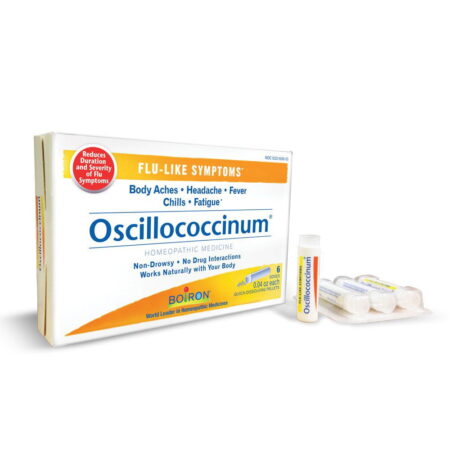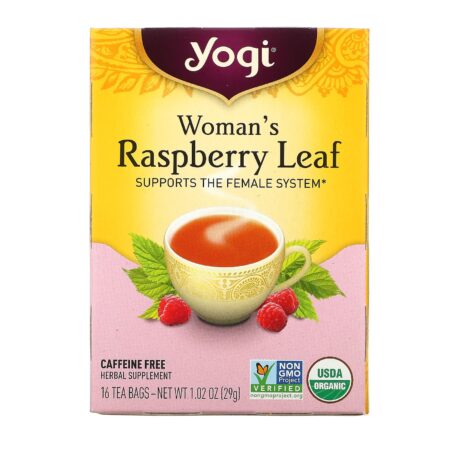Iron is a vital micronutrient for the survival of plants and human beings, yet excessive iron can likewise be harmful. An interdisciplinary research study group from Heinrich Heine University Düsseldorf (HHU) has actually found that the protein PATELLIN2 is not just associated with controling iron levels in plants. PATELLIN2 is among a group of proteins that are likewise associated with the transportation of vitamin E in human beings. The scientists are now providing the outcomes, which are likewise crucial for providing individuals with iron through plant foods, in the journal Plant Physiology.
Iron is a necessary micronutrient for human beings. Iron and zinc shortages in an individual’s diet plan cause serious damage to health, above all in coming and kids. To protect world food materials and battle poor nutrition, especially in the poorest nations, it is for that reason needed to guarantee the supply of iron mostly from plant sources and enhance it through targeted breeding.
Plants require iron for essential metabolic responses such as their photosynthesis and respiration. Nevertheless, iron is a double-edged sword for them: Damaging ecological conditions such as dry spell can put plants under tension, which is worsened by the existence of reactive metal ions– consisting of iron. Being rooted, plants certainly can stagnate far from regional tension conditions, so land plants require to develop other methods to handle tension elements.
These consist of iron guideline. For research study and application it is necessary to comprehend how plants handle their nutrition with micronutrients throughout their development with the possibly dangerous repercussions of oxidative tension. If we understand these procedures, we can affect them in a targeted method to enhance plant efficiency and food quality, in specific because of environment modification– which increases the opportunities of dry spell.
A group consisting of agents from biology, chemistry and medication at HHU, headed by Teacher Dr Petra Bauer and Dr Rumen Ivanov from the Chair of Botany, has actually analyzed iron uptake systems in plants utilizing Arabidopsis thaliana (thale cress) as a design plant. The iron-regulated transporter IRT1 plays a crucial function in iron uptake in plant roots.
Root cells manage the activity of IRT1, making it possible for plants to restrict the toxicity and oxidative tension triggered by metal ions. The HHU scientists had the ability to reveal that IRT1 binds the so-called SEC14 domain lipid transfer protein PATELLIN2. This in turn alters the protein environment of IRT1 depending upon iron supply.
Another lipid transfer protein with an SEC14 domain plays a crucial function in vitamin E homoeostasis in human beings and the transportation of vitamin E from the intestinal tract through the liver to the numerous organs in the body. The body gets vitamin E from plant foods, mostly leaves and seeds.
PATELLIN2 can bind the particle alpha-tocopherol, among the most crucial vitamin E substances in leaves and roots. Jannik Hornbergs, who performed the research studies throughout his PhD at HHU in cooperation with Dr Karolin Montag, states: “We have actually developed that the SEC14 lipid transfer protein PATELLIN2 and tocopherols are vital for iron mobilisation in the root and antioxidative activities as a response to iron.”
The link in between iron transportation and SEC14 lipid transfer protein allows brand-new working designs for how cells can utilize vitamin E to manage the level of oxidative tension triggered by iron. Dr Rumen Ivanov and Teacher Bauer on the significance of the outcomes: “Eventually, these links that we now understand can be utilized to determine brand-new reproducing targets for crop plants that can accomplish tension resistance and increase iron material in the plants.”
The research study program was performed within the structure of the Collaborative Research Study Centre (CRC) 1208 “Identity and characteristics of membrane systems– from particles to cellular functions,” which is based at HHU. In addition to the group headed by Teacher Bauer, the working groups headed by Teacher Dr Kai Stühler (Molecular Proteomics Lab), Teacher Dr Birgit Strodel (Computational Biochemistry Group), Teacher Dr Laura Hartmann (Chair of Macromolecular Chemistry) and Teacher Dr Jürgen Zeier (Molecular Ecophysiology of Plants) were likewise included.





